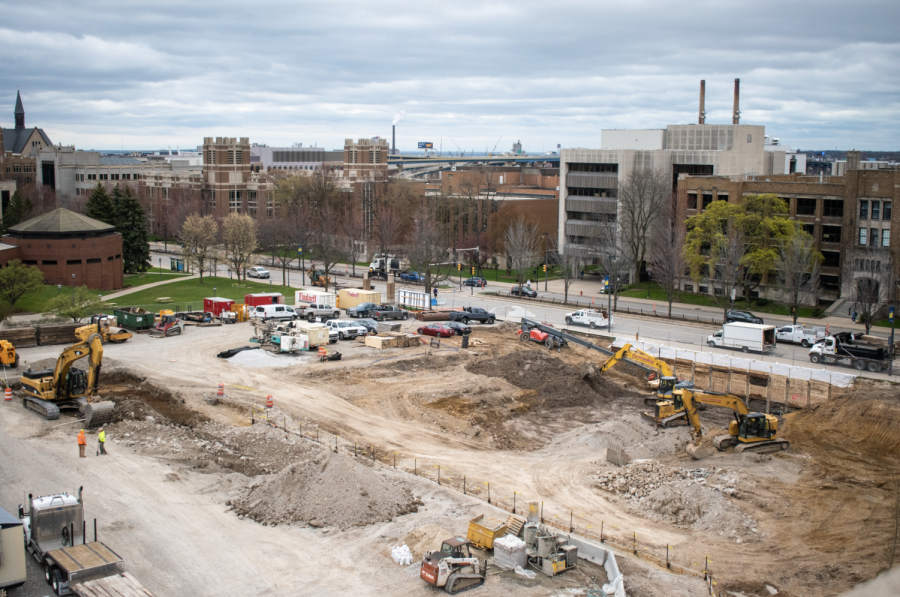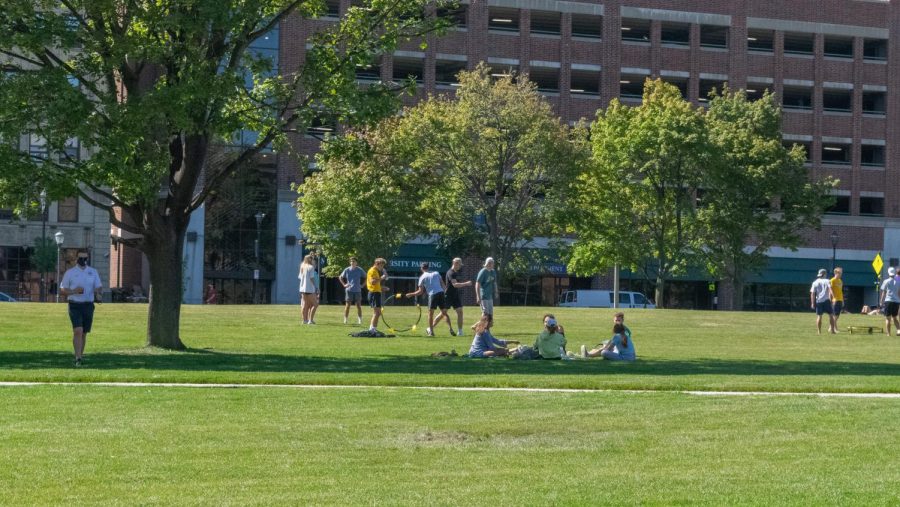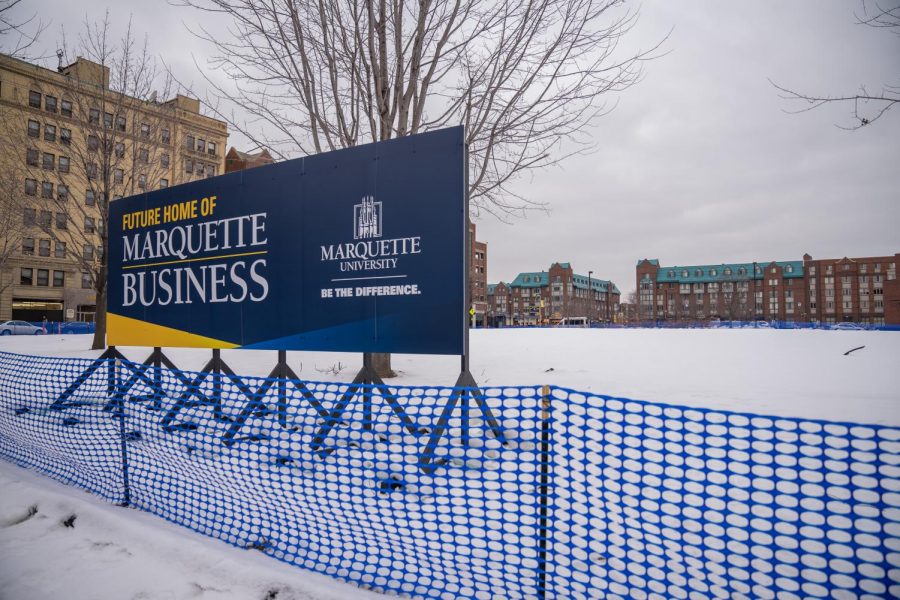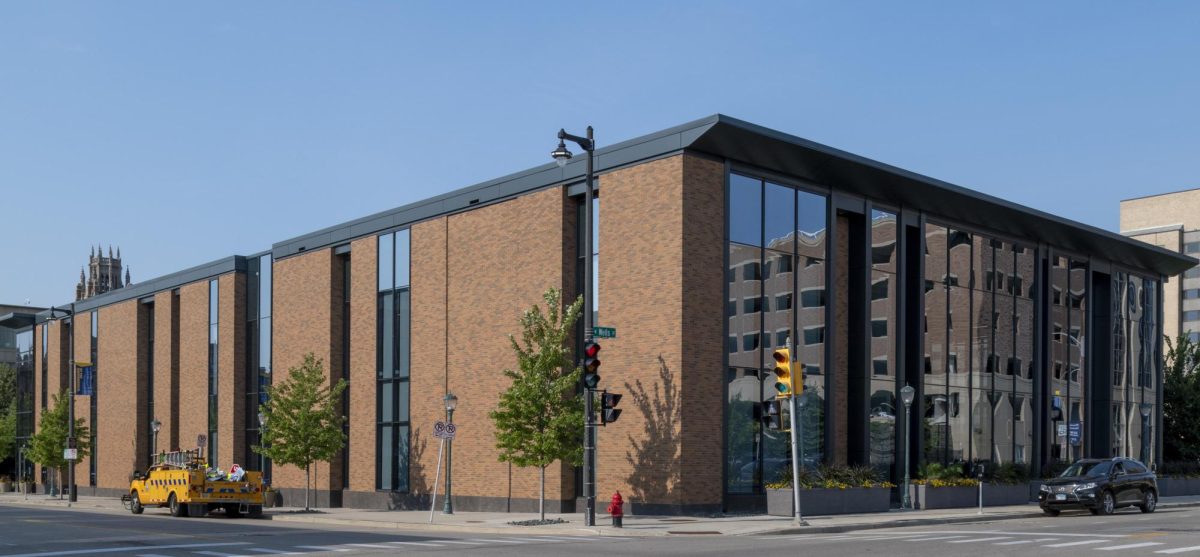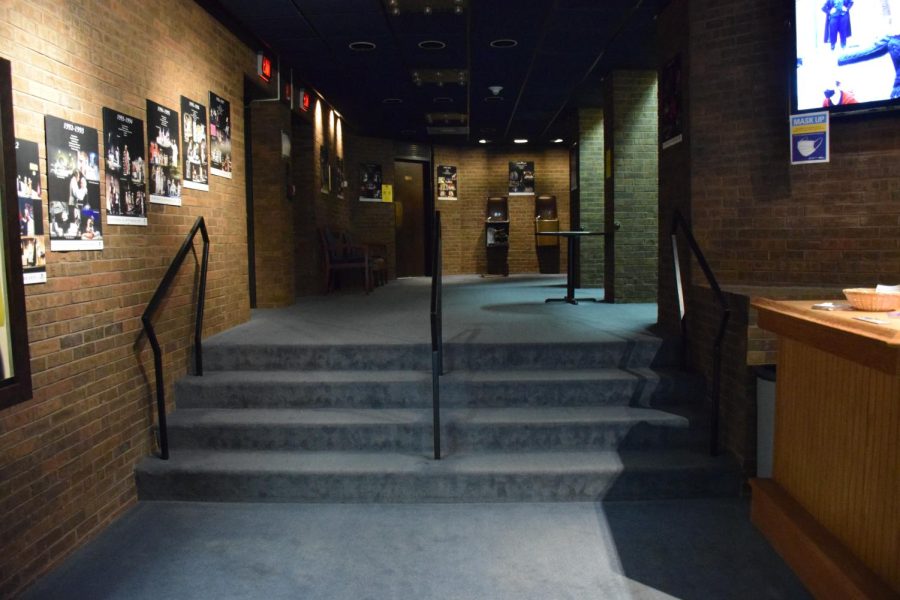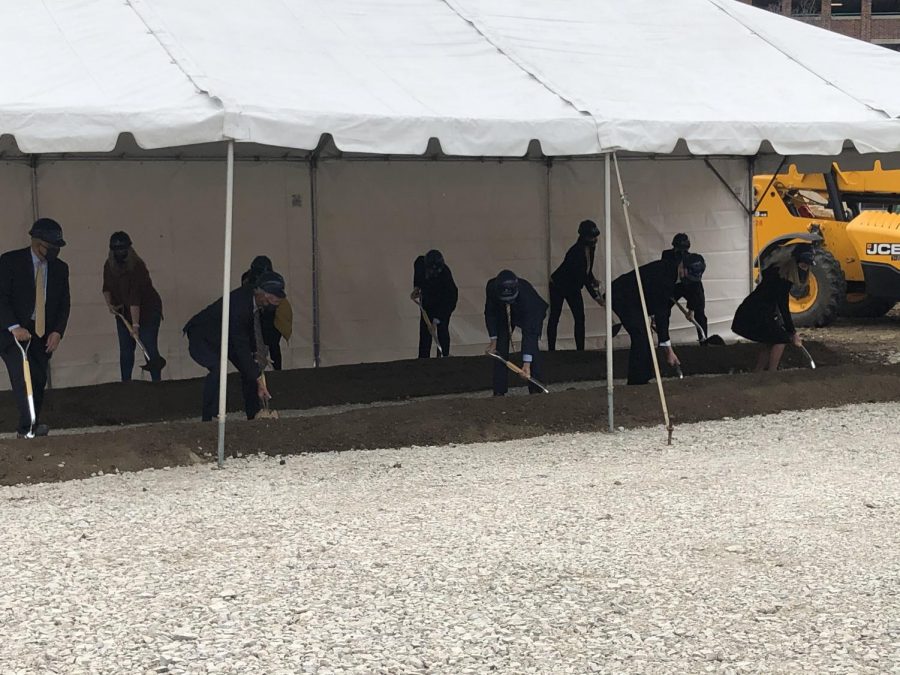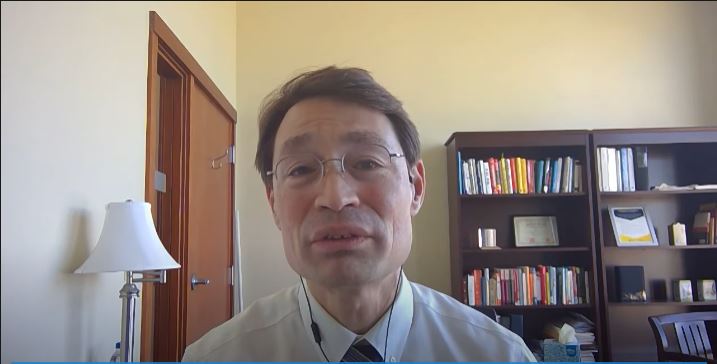In June 2015, Marquette began demolition of three buildings and a parking structure on the site between 17th and 18th streets. After the demolition was complete in fall 2015, the space acted as a green space for students until this November, when construction started on the new Rev. Robert A. Wild residence hall.
Lora Strigens, Marquette’s vice president for planning and strategy, said in an email that the university did not anticipate the area being turned over so quickly.
“The university worked to establish temporary green space to be available for students and club organizations after the demolition of the buildings on the site of the new residence hall was complete,” Strigens said. “At that time, the university was not aware the construction of the new residence hall was going to be able to begin as quickly as it did.”
James Stearns, a freshman in the College of Engineering living in O’Donnell, said he misses having the green space right outside his dorm.
“I used to walk across the green space and into the parking garage and now it takes so much longer to go around,” Stearns said. “It seemed like a lot of work to make the green space, section it off and then just bulldoze right over it for the new dorm.”
Strigens said converting the area into a green space was necessary to make the site ready for the residence hall construction.
“The temporary green space was installed because we could not simply leave the site as a construction area and wanted to provide some sought-after green space on campus for whatever time we could,” she said.
Grass and new fences were installed for the green space. These resources were removed when construction for the new residence hall started, but Strigens said the university plans to reuse them in the future.
“The fencing was removed carefully and will be reused,” Strigens said. “All other landscaping and other resources were salvaged to the greatest degree possible.”
Tyler Landoch, a freshman in the College of Business Administration, said he hopes the university is committed to having green spaces for students.
“Obviously they needed room for the new residence hall so it made sense to use the land,” Landoch said. “I think people will miss the green space too, a lot of students liked it just to go out and relax. I saw students just sit out in the sun when it was warmer.”
Strigens said numerous factors contributed as to where the new residence hall would be built. An evaluation of the current distribution of campus housing was taken for the Campus Master Plan.
“This evaluation showed the site along Wells Street between 17th and 18th would provide a balance to the distribution of lower division housing across campus,” Strigens said.
Strigens said the campus master plan also recommended consolidating dining facilities on campus into three larger dining hall to help build community relations.
“One of these large dining halls will be located within the new residence hall and serve as a western anchor to campus,” she said.


